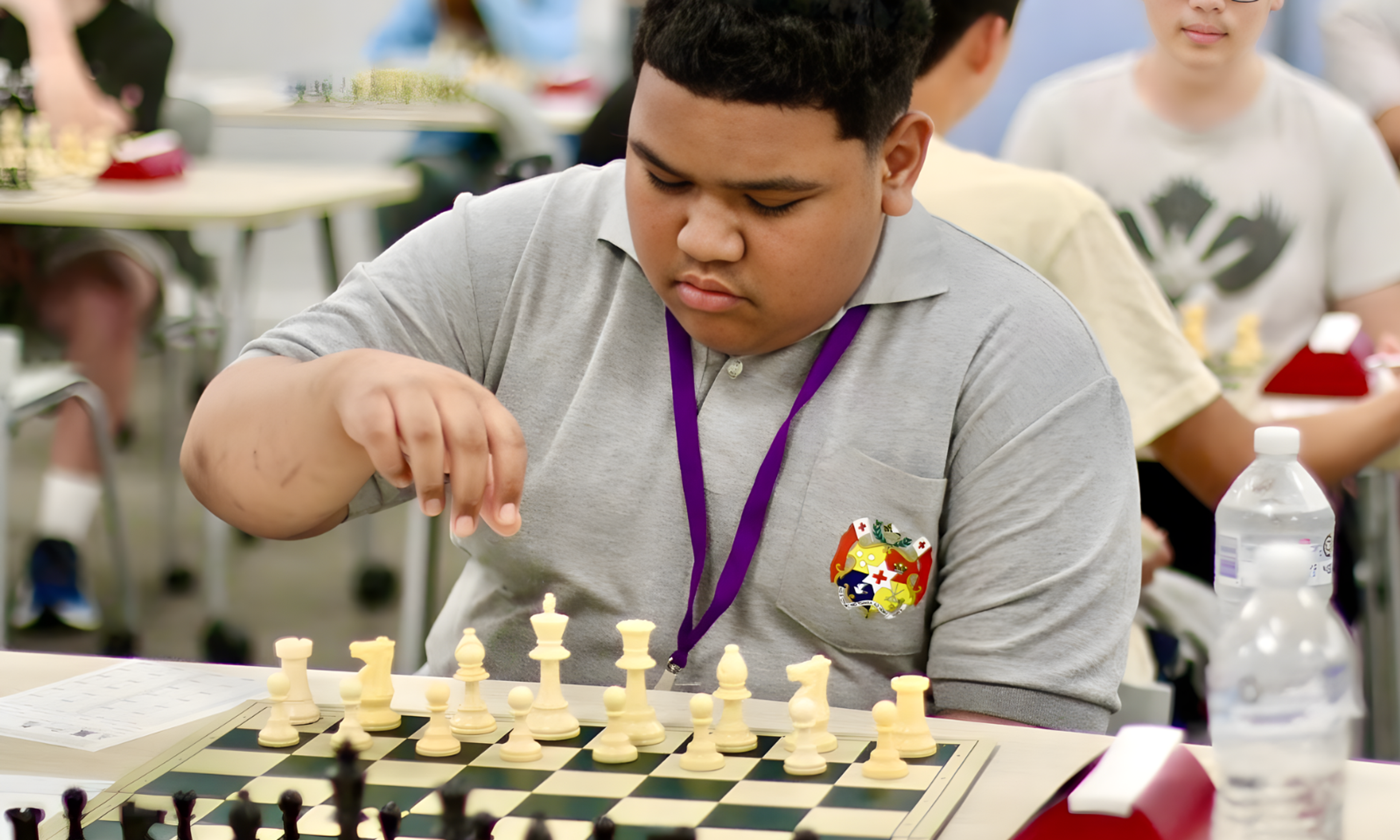
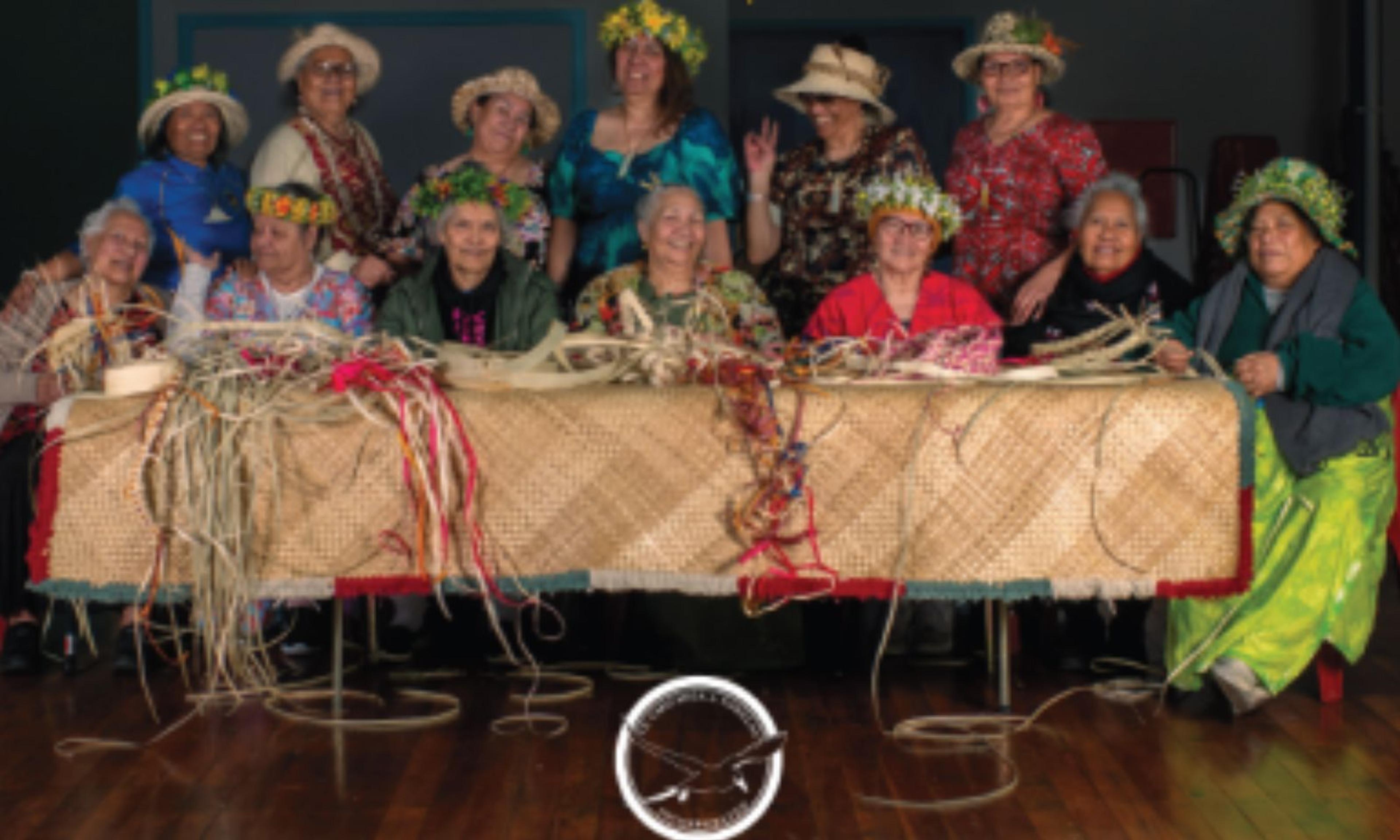
Reconnecting with Tokelau through language and identity
University of Auckland graduate Mia-Mae Taitimu-Stevens is living this year’s Te Vaiaho o te Gagana Tokelau theme.



Mental health targets risk hiding Pacific people in crisis, expert
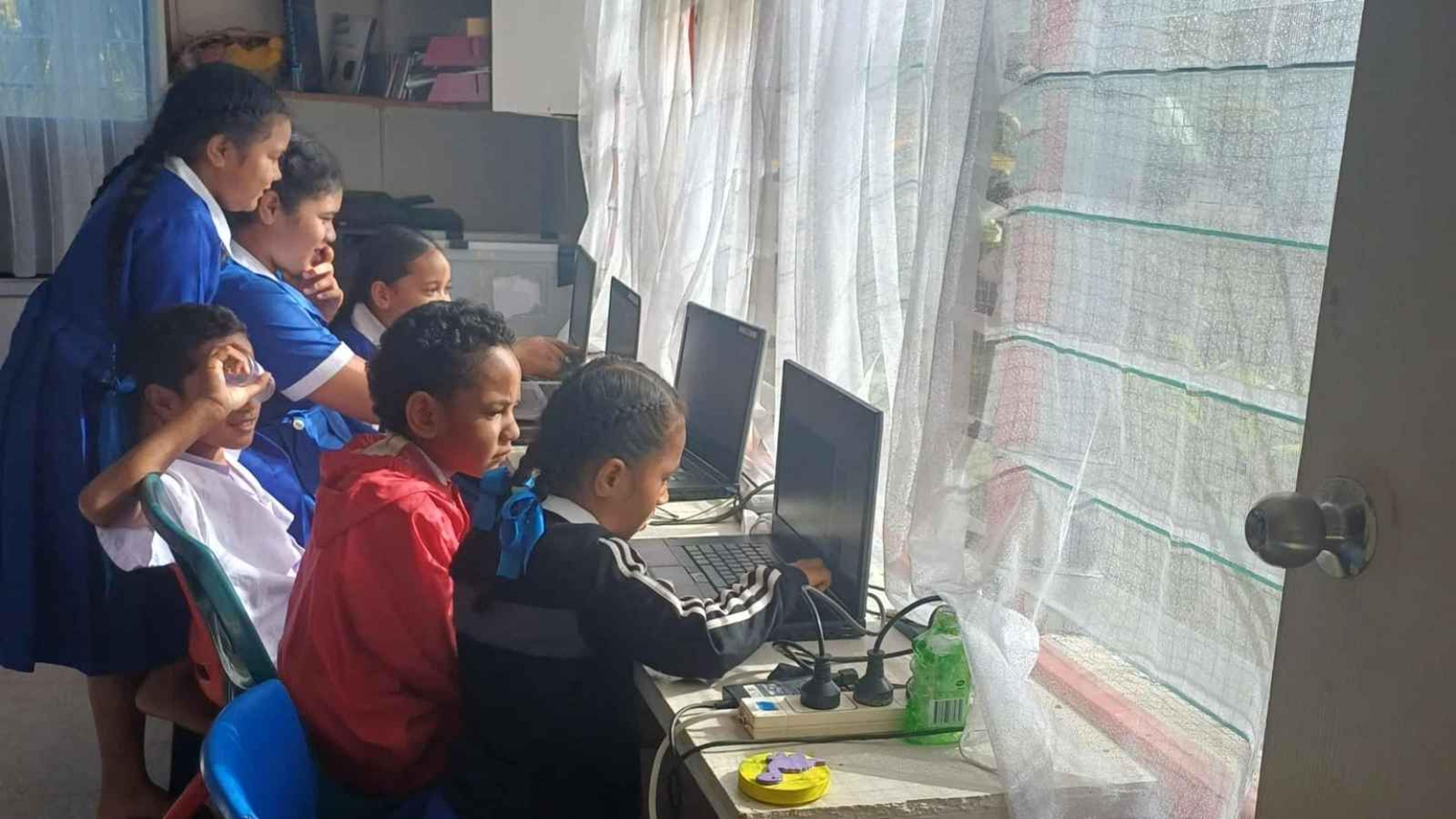
‘A Library for the Heart of Tonga’: Building a hub for Nuku’alofa
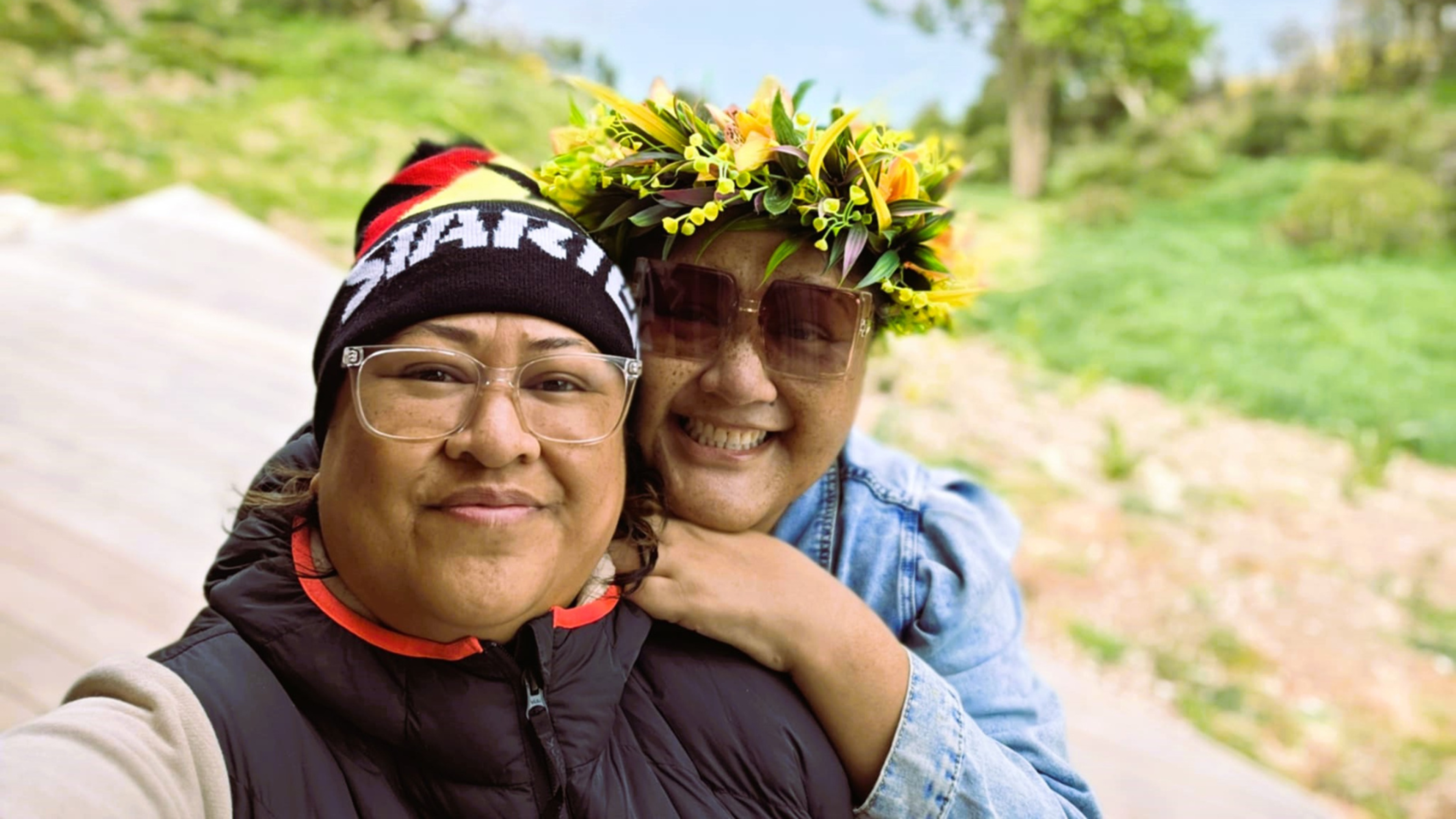
The phone call that changed everything: Social worker’s new life after kidney transplant


Tonga makes historic breakthrough at Oceania Youth Chess Championship

Mental health targets risk hiding Pacific people in crisis, expert

‘A Library for the Heart of Tonga’: Building a hub for Nuku’alofa

The phone call that changed everything: Social worker’s new life after kidney transplant
For Mia-Mae Taitimu‑Stevens, the simple act of tuning into her heritage has become a journey of both heart and mind.
As Aotearoa celebrates Te Vaiaho o te Gagana Tokelau -Tokelau Language Week from 26 October to 1 November, the 2025 theme, “Tokelau, Puaki mai ko tau aganuku mo fanau i te lumanaki - Tokelau, Unleash your culture for future generations”, strikes a deeply personal chord.
Taitimu‑Stevens (Te Rarawa/Aotearoa, Togafuafua, Vaito’omuli/Sāmoa, Fakaofo/Tokelau) is now the Māori and Pacific Academic Engagement Adviser for Te Tumu Herenga Libraries and Learning Services, Student and Scholarly Services at Waipapa Taumata Rau, University of Auckland.
She is also chair of the Women of Colour Staff Network. But her path has been influenced by a powerful sense of disconnect that she has since begun to heal.
“My journey of exploring cultural identity directly shaped my research path," she says. "Growing up disconnected from both my Pacific and Māori whakapapa, University became the space where I was simultaneously (re)learning who my people are and who I am."
Community leaders say the week is also a time of renewal. As Tokelau elder Fiafia Liuva’a in Porirua recently shared, “Our language is small, but it carries the ocean with it. When our tamaiti [children] learn it, they learn who they are.”
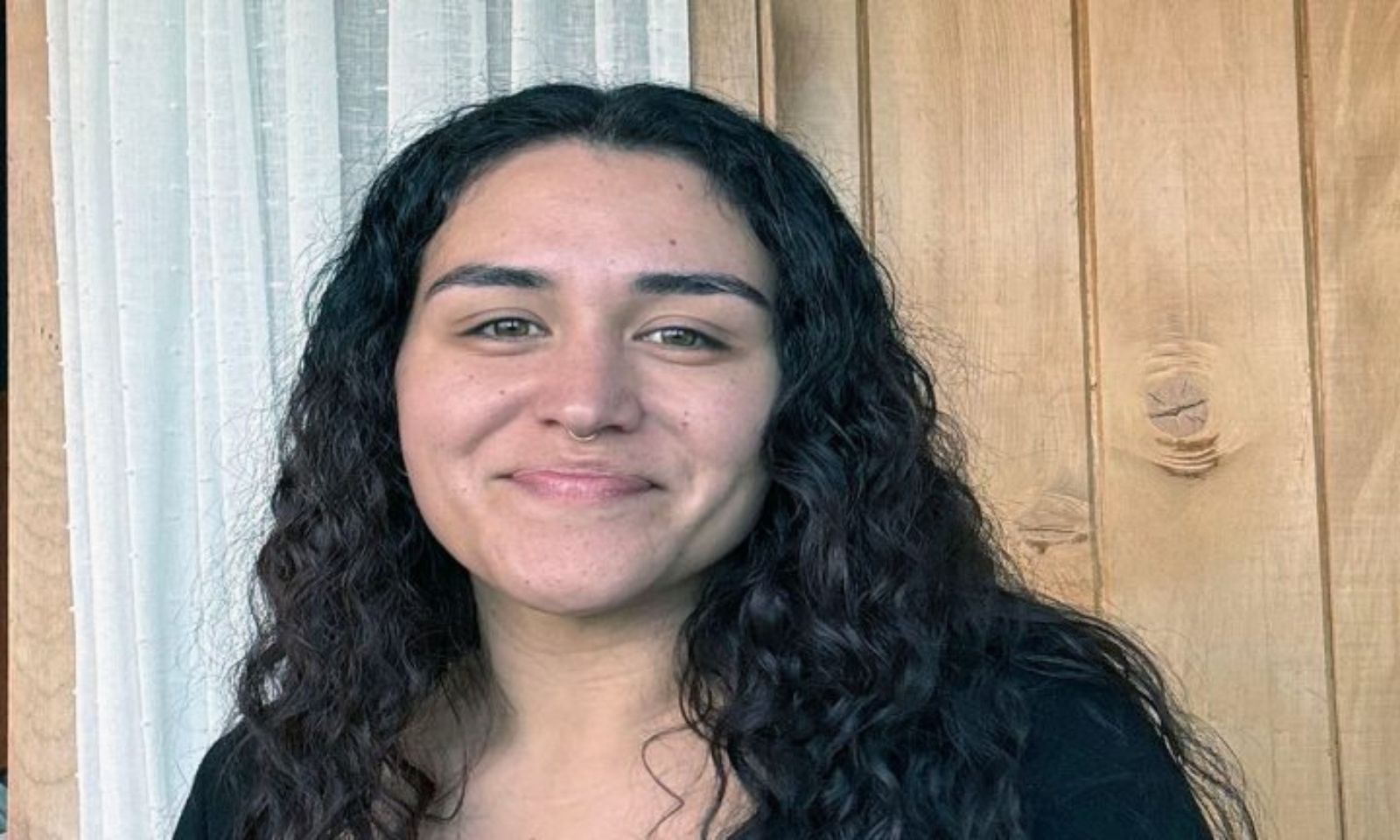
Mia-Mae Taitimu-Stevens reconnects with her Tokelauan whakapapa from Fakaofo, reflecting on her journey of identity and language. Photo/Supplied
Finding her way home
Growing up, Taitimu-Stevens felt the tug of heritage without the anchor of full belonging. With whakapapa stretching to Te Rarawa, Sāmoa, and Tokelau (through her paternal great-grandmother Akenese Taiua Meleisea (nee Pereira) from Fakaofo), the question of “who I am” became a guiding light.
The theme of this year’s Tokelau Language Week, inviting Tokelauans to “unleash their culture for future generations”, resonates with Taitimu-Stevens' ongoing exploration.
“I was especially drawn to the study of essentialism; the idea that there’s only one way to be Sāmoan, Tokelauan, or Māori.”
That realisation, that culture isn't static or monolithic, helped shape her academic work. Taitimu-Stevens graduated in September last year with First Class Honours in a Master of Indigenous Studies.
Her thesis, “Moko Kauae Online: Social Media as a Tool of Resurgence for Young Māori Wahine Receiving Moko Kauae,” explores how young Māori women are reclaiming traditional practices and identity through digital media.
“Moko kauae has always been a topic close to my heart,” she says. “It helped me interrogate my own journey with identity security as a wāhine Māori.”
Language, culture and the next generation
For Taitimu-Stevens and many in the Tokelauan community in Aotearoa, language is about words, connection, continuity, and cultural resilience.
The Tokelauan community in New Zealand numbers over 9800 (2023 Census), with strong communities in Wellington, Auckland and Bay of Plenty. Recent data from the Ministry for Pacific Peoples (MPP) shows that only 23 per cent of Tokelauans in New Zealand report speaking gagana Tokelau, with just 13 per cent of those under 15 speaking the language.
The government's messages add a wider perspective to the language-week focus. According to recent statements from the MPP, the week is “an opportunity for the younger generation to step up and drive initiatives to help the Tokelau language and culture to thrive".
Across the country, community events are being planned to bring this to life. From cultural days and fatele dancing to language classes and youth activities, the goal is clear: to engage families and communities in new, meaningful ways.
Minister for Pacific Peoples Dr Shane Reti says, “Last year, the Pacific language week series saw an incredible response, with thousands of New Zealanders participating in events and activities.
"From cultural performances and storytelling sessions to engaging social media campaigns viewed over three million times, the celebrations highlighted the powerful role language plays in connecting and inspiring communities.”
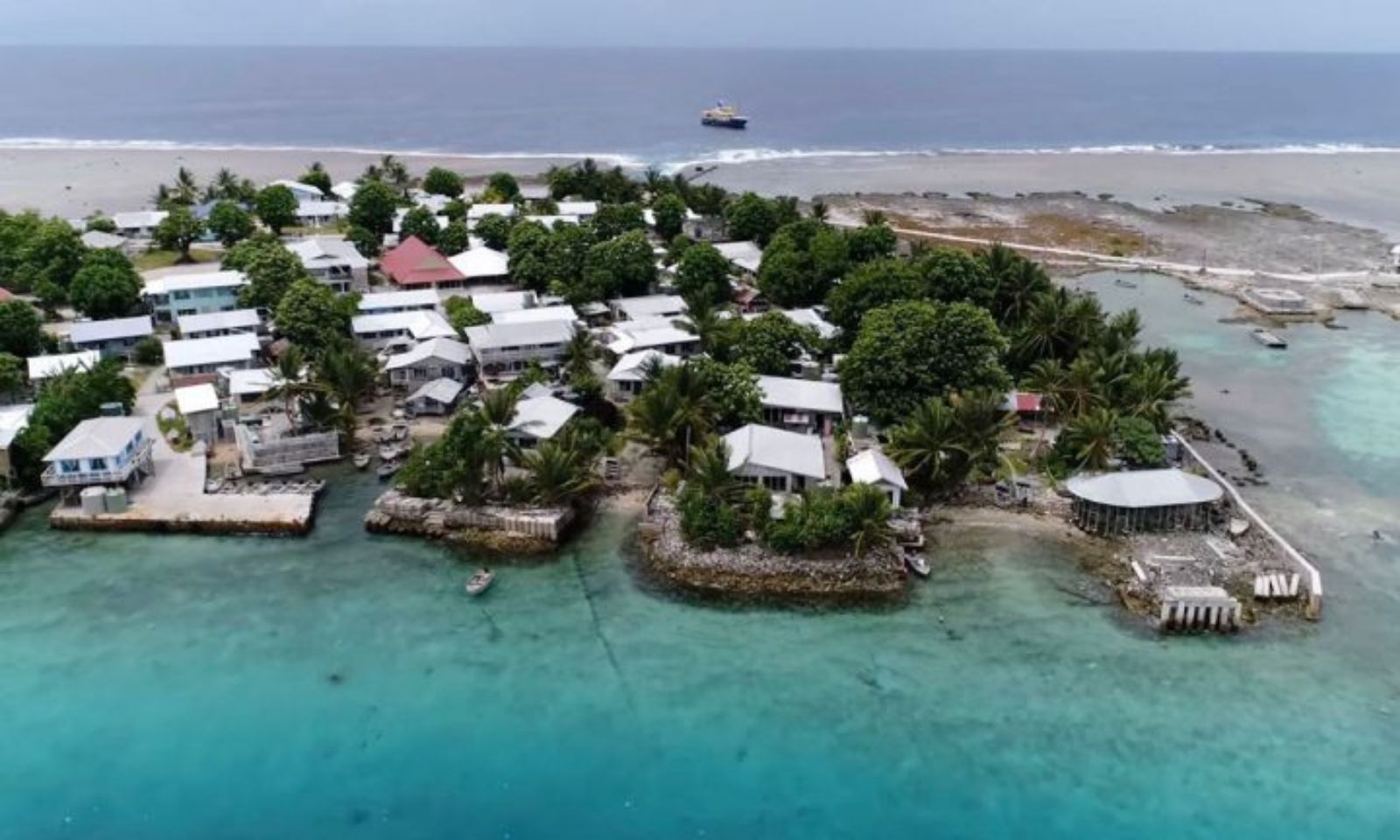
The islands of Tokelau - Atafu, Nukunonu, and Fakaofo - are home to a vibrant culture and a language worth celebrating. Photo/Supplied
The meaning of ‘puaki mai’
For Taitimu-Stevens, the phrase “puaki mai” (to speak forth or express yourself) is deeply symbolic. It captures the spirit of reclaiming culture and identity for the future.
“When we speak it, sing it, or even hear it, we breathe life into our ancestors’ wisdom.”
At Auckland University, her role allows her to support Māori and Pacific students as they navigate their own pathways of belonging.
“I see so much brilliance in our students,” she says. “They’re carrying their ancestors into every classroom. My job is to remind them that their ways of knowing and being are valuable, that they don’t need to leave their culture at the door.”
As Te Vaiaho o te Gagana Tokelau is celebrated, the challenge is both gentle and urgent: to pass on language, culture and identity in ways that matter. For Taitimu-Stevens, it means living the example.
“For me, the most powerful thing about this year’s theme - ‘Unleash your culture for future generations’ - is that it asks us not just to look back, but to move forward with purpose. Our children deserve to inherit languages and stories that are alive, not fading.”
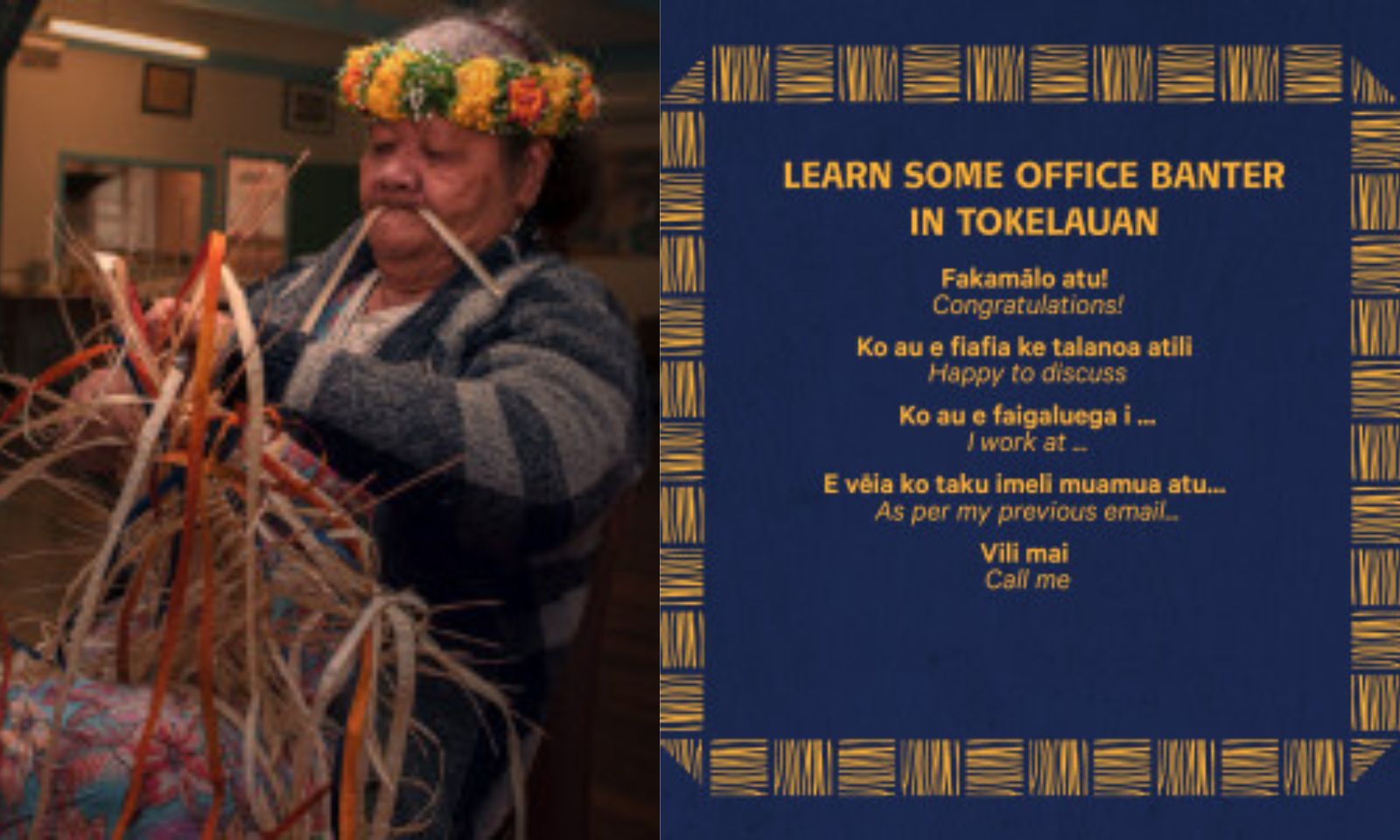
Photo/MPP
As she reflects on her own reconnection and the community efforts around Tokelau Language Week, her message is clear: this is a moment for voices to rise, for stories to be told, and for culture to breathe again.
"Every time we share a word, a song, a story in gagana Tokelau, we keep our ancestors’ voices echoing into the future.”
In a time when Indigenous and Pacific languages face renewed pressures, the call to puaki mai is more than symbolic, Taitimu-Stevens says. It is active, vital, and hopeful.
Through her story, she invites everyone to step into that light: to speak culture, to lift language, to build belonging for now, and for the generations who follow.
Events span the country and include cultural days, dance, language guides, youth workshops and more. For more information, visit the Ministry for Pacific Peoples website: mpp.govt.nz/tokelau-language-week or University of Auckland online at: auckland.ac.nz/news.
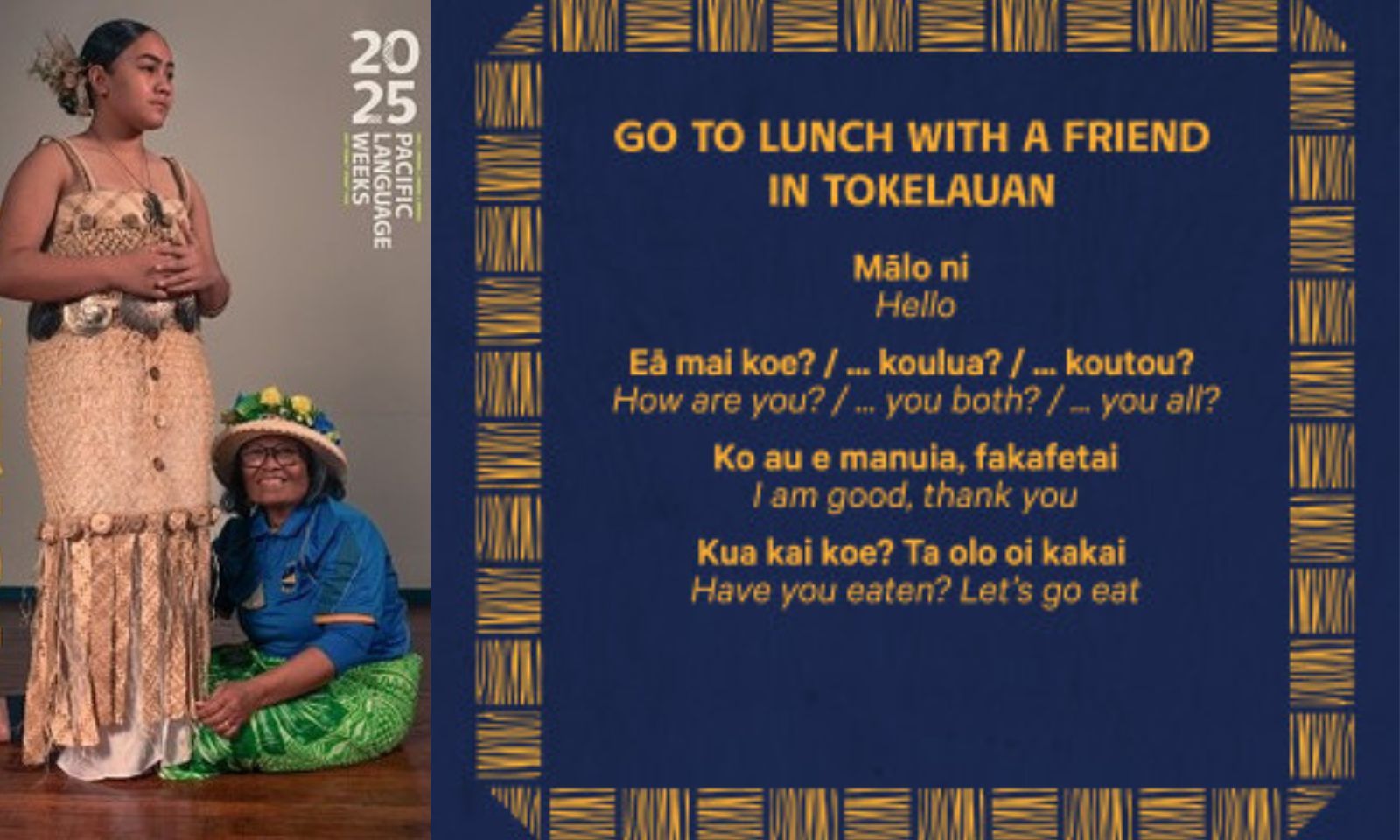
Photo/MPP
Tokelau at a glance:
Where is Tokelau? Tokelau is a small Pacific territory made up of three coral atolls - Atafu, Nukunonu, and Fakaofo - located about 500km north of Sāmoa. Together, they cover barely 12km² of land.
Population and connection to Aotearoa: Around 2600 people live across the three atolls.
Tokelau is a non-self-governing territory of New Zealand, with the Ulu-o-Tokelau (head of government) rotating among the atolls.
The 2023 Census recorded 9822 people identifying as Tokelauan in Aotearoa.
The largest communities are in Wellington (4185), Auckland (2406), and the Bay of Plenty (546).
Language vitality: Gagana Tokelau (Tokelauan language) is listed by UNESCO as “severely endangered”.
Only 23 per cent of Tokelauans in Aotearoa say they can speak the language, and that number drops to 13 per cent among those under 15.
More Tokelauan speakers now live in New Zealand (around 3000) than on the atolls themselves (about 1500).